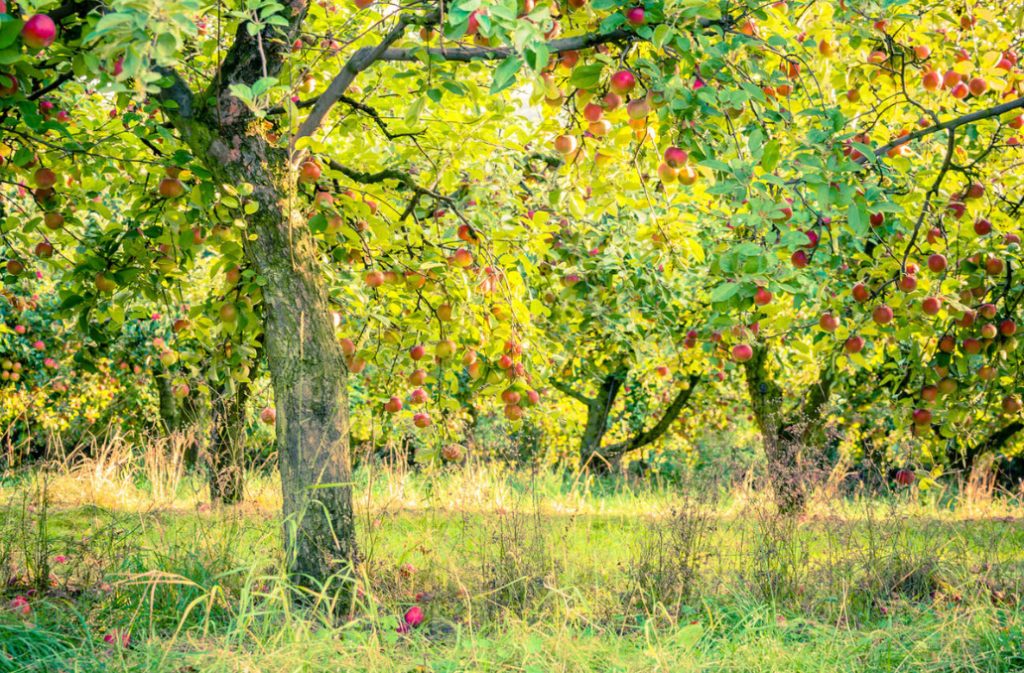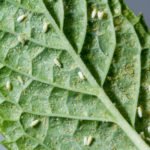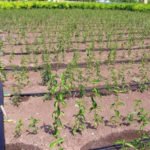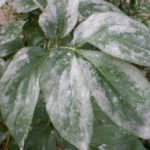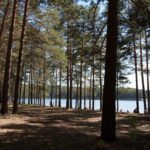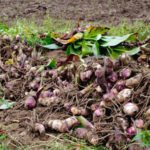If you inherited an old garden, then in addition to joy and pride comes also the responsibility for the elderly green Pets. Like people, trees age and begin to require special sensitive attention. However, they have an undeniable advantage: if the gardener in time and correctly carry out the necessary procedures, the elderly Apple, pear or other fruit tree will find youth.
What to do in an old orchard
We are talking about old and very old large trees, the lower branches of which are already dying from exhaustion, and only the young stems at the top look alive and keep growing. For major rejuvenation of such “old men” do not wait for a special time-do it as soon as possible: they will be corrected for more than one year.
First of all, it is necessary to cut “on the ring” almost the entire lower tier: dry and dying, completely ceased to grow, strangled by hundreds of fruit trees and drowned in the impenetrable shadow of the branch can no longer be restored. Everything viable has long since moved to the upper floors. Rejuvenated, this “aksakal” becomes a couple of meters higher. This is a natural payment for the fact that the tree has not been formed for so many years.
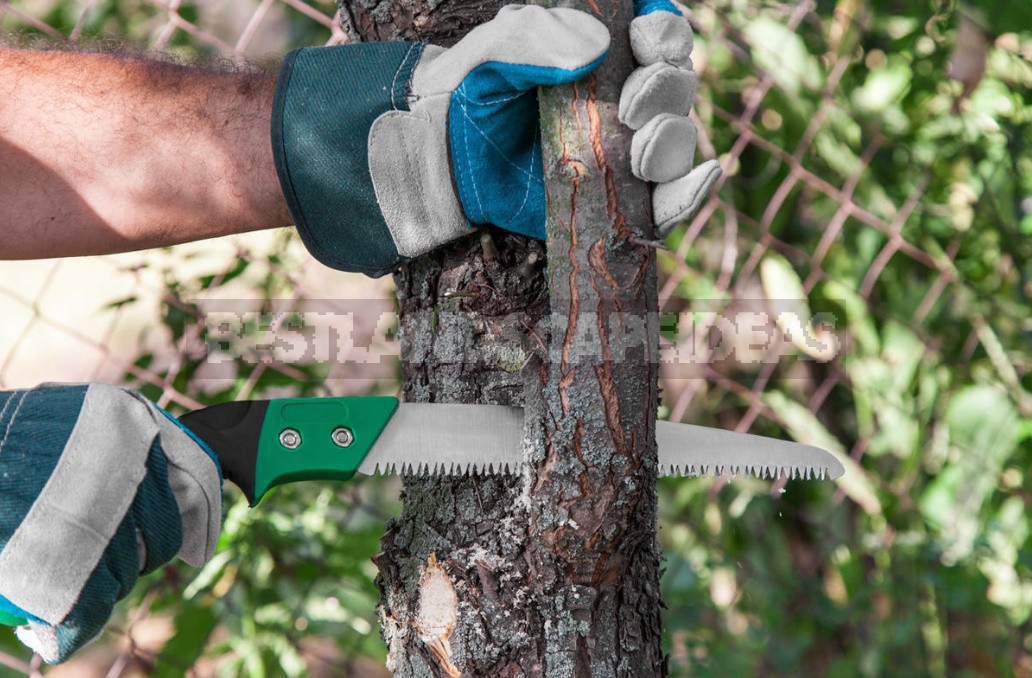
Now look at the tree from a different point of view. In fact, it is a small garden of a few old trees. Each thick branch or trunk is a separate tree. That’s great. First of all, let’s assess their condition.
This bough just stretches through the crown, all naked, and only at an unattainable height some broom of branches. But this one is dying completely: the bark is badly damaged and continues to die, the growth has almost stopped even at the top. And this one is just too big, sticking out of the way and crushing the neighboring trees. All mentioned and other interfering, superfluous bitches we cut out “under a root” without any thoughts: to a tree it is terribly heavy to drag all this! Let there remain 1 or 2 trunks, but viable: they are now the only ones who are able to take advantage of the benefits of unloading and prolong the life of the tree. And the most powerful growth from the sections can be grown and form new branches.
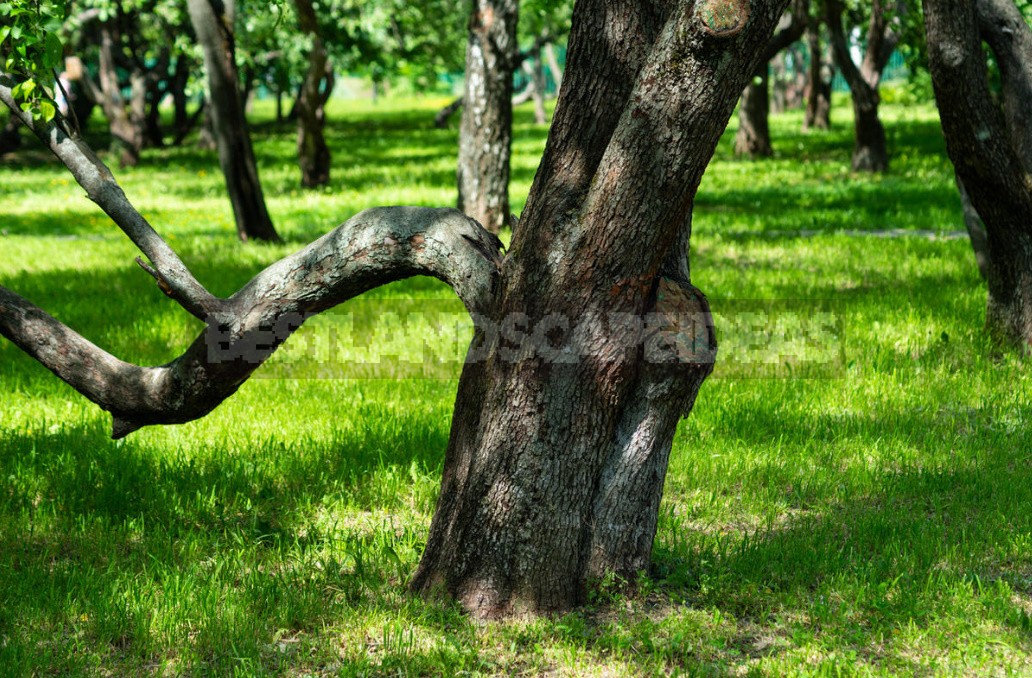
So the extra trunks fall to the ground. It is much easier to look at the tree — there is less excess. Now each remaining trunk is considered as an adult tree. The main task for the old tree: we need to strengthen it. Therefore, unloading and rejuvenating it, give it the opportunity to grow freely all summer and only in the fall or spring remove the extra tops and shoots.
Tough rejuvenation
The literature often describes severe rejuvenation. It feels like the only way to rejuvenate trees! All branches are greatly shortened to 4-6 years of wood, then a new growth appears from the sections, from which they form a young crown. Very close to the “complete replacement of the crown”, but the basic skeleton remains.
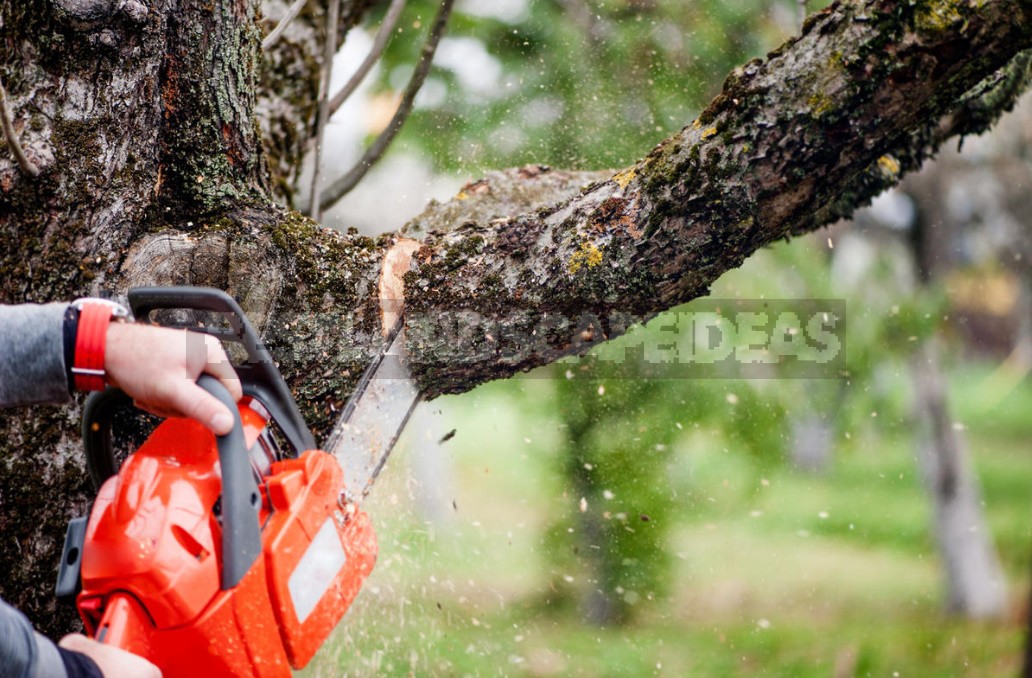
I must say that this procedure should be used only in two cases:
- if the tree is so weakened and overloaded that even the upper branches have completely lost their growth;
- on moniliose pyramidal-broom-shaped apricots of unattainable height.
If the tree has normal, living parts of the crown that can be used, it makes no sense to bare it immediately. And the tree is in shock, and there is no harvest!
With complete hard rejuvenation, the tree loses its hardiness and often gets cancer of the bark, which leads to its rapid death. Better biological method: rejuvenate the tree gradually — in 2 stages. First, rigidly cut off the more illuminated part of the crown-the South or from the side of the light aisle. After a year, the increase is adjusted: remove half of the new shoots, and shorten half for fouling with fruit. And only after 3-4 years, when new branches are well fertilized, rejuvenate the other half. And the tree has time to recover, and the harvest continues.
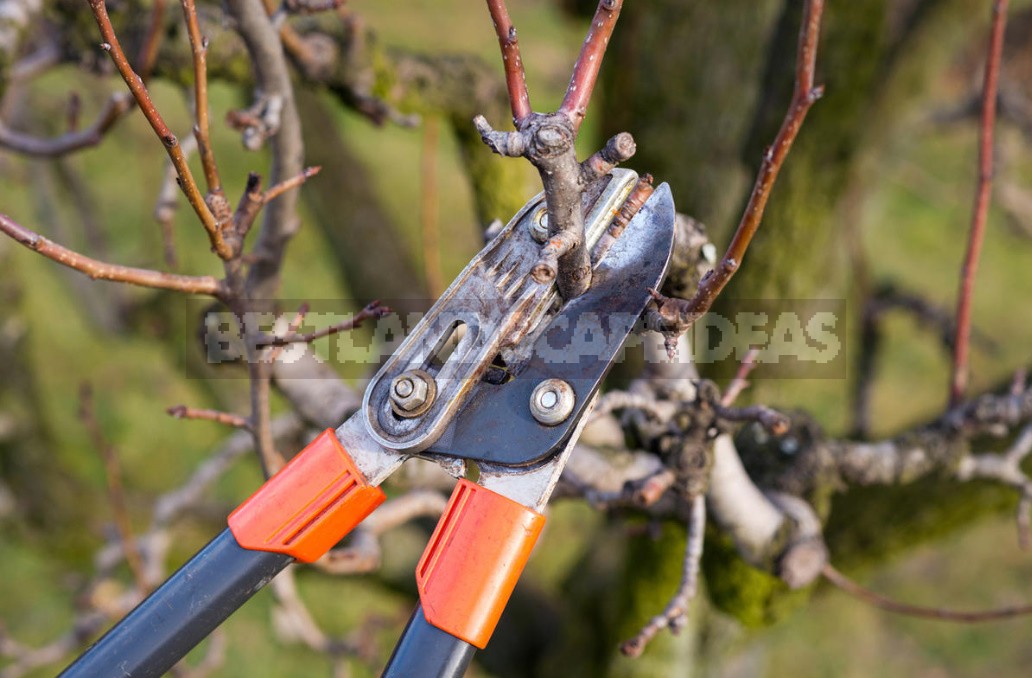
In the conditions of the cottage, where it is very close, the shape of the trees is often abnormal or multi-barreled, and you want to harvest. Here it is preferable to bring to mind and use not just one side, but the whole viable, conveniently located part of the crown, getting rid of the elongated, too high, naked, interfering, old and sick-that is, abnormal parts of it. In their place, you can grow new branches from the shoots-substitutes, which will replace the old part of the tree.
The General principle: get rid of the non-working, use the working and replace the old with the new one gradually. This is generally one of the rules of intelligent life: it is stupid to destroy the old, instead of creating a new one!
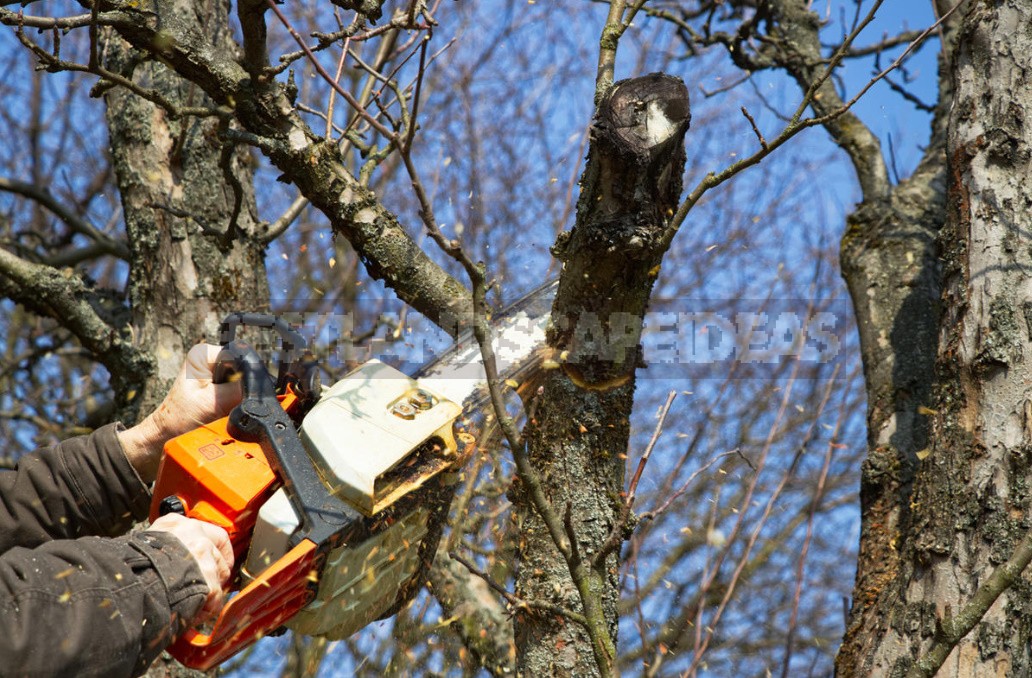
Summary
So, our real trees, as well as their individual parts:
- can fatten — then they need to be slowed down or transferred to the side branches;
- they can be weakened and overloaded-then they need to be unloaded, rejuvenated and strengthened;
- they can be too awkward — then they need to be cut and grow them new crowns;
- they may be unnecessary or unviable-then they are simply disposed of.
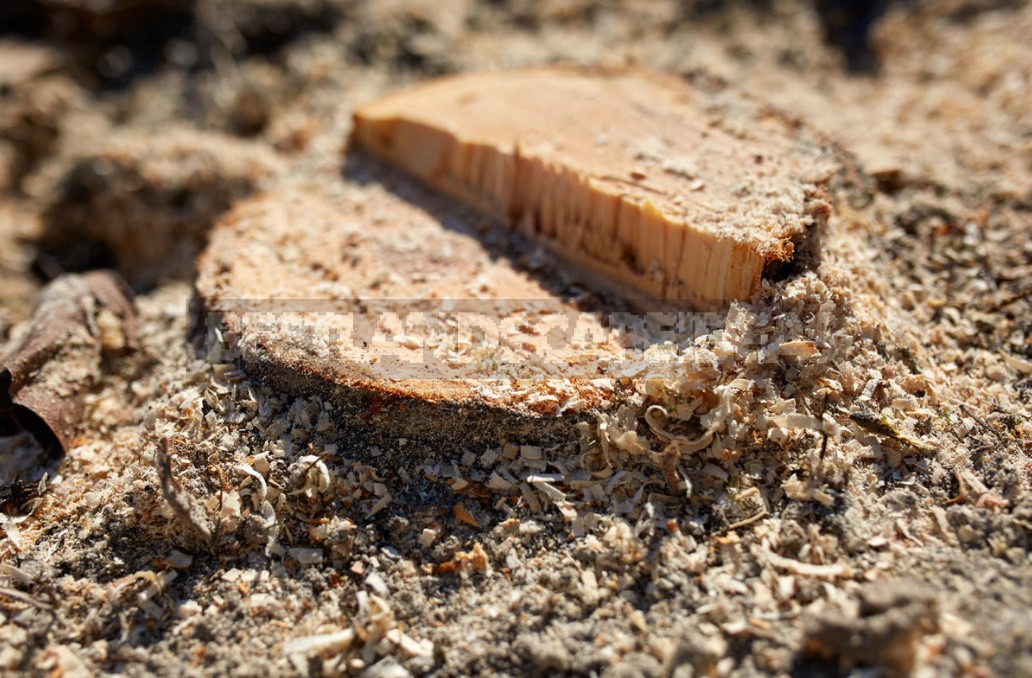
We can say that the main trouble of the free tree is the imbalance: the top is strengthened by weakening the bottom. The second problem is the excess of branches, that is, the shadow. But there is also a plus: any removed part is replaced by new shoots. The attempt to replace the failed parts with new ones and restore balance by giving light to each branch is the correction of the tree.
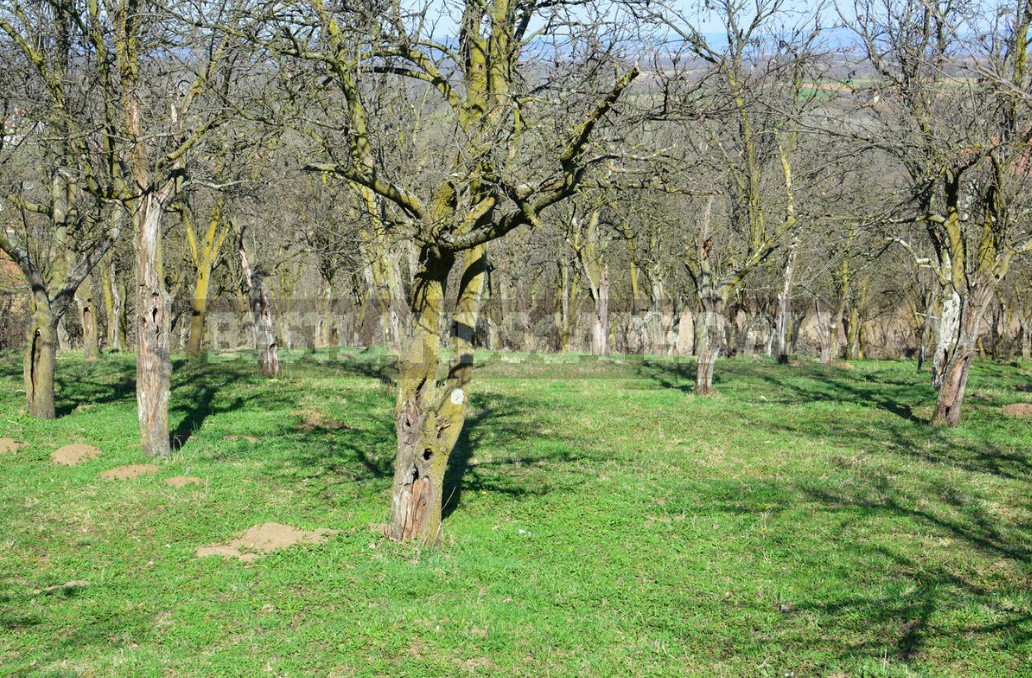
An old garden can almost always be rejuvenated and made healthy and plentiful. It is important to understand correctly what each particular “old man” wants.
